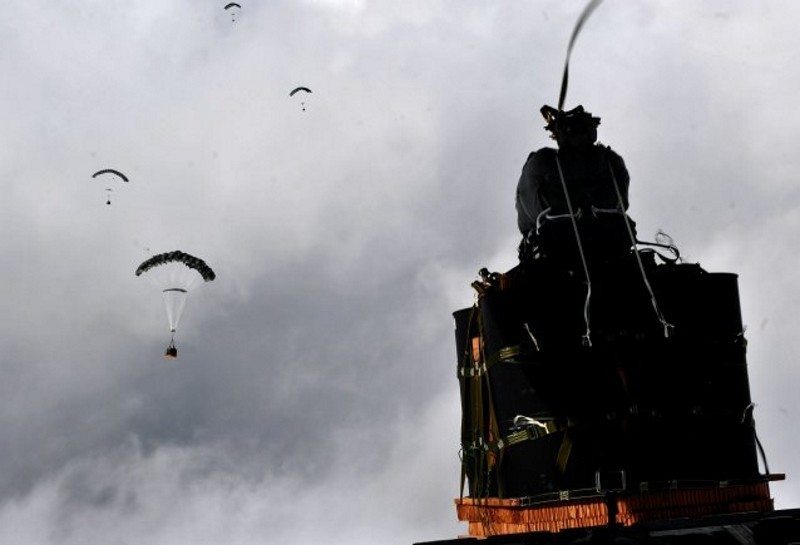GPS-Free Smart Parachutes Being Tested by US Government
Alexander Neil / 8 years ago

On the modern battlefield, where technology can give soldiers the edge, previously simple tasks such as making supply drops are becoming harder and harder. When they go wrong, it often risks the lives of the soldiers on the ground to retrieve them and stop them falling into enemy hands. GPS is becoming less reliable as the basis for these systems, due to its vulnerability to modern cyber warfare systems. In response to this, the US Government has been developing its joint precision airdrop system (JPADS), to feature smart parachutes that rely on only visual data instead of GPS to guide the package to the target.
Able to be fitted to cargo dropped from up to 25,000 feet and as far as 20 miles from the target location, JPADS exchanges the traditional GPS receiver fitted to air drops with a new aerial guidance unit (AGU). Quite simply, the AGU is a box fitted with motors to operate the parafoil, a camera on the underside and a computer to handle the controls and data. JPADS kicks in immediately after the payload is dropped from the plane and the parachute unfurls to stabilize. In testing “JPADS immediately determined their own location by comparing terrain features spotted using optical sensors with commercial satellite imagery of the area,” said Defense contractor, Draper. So far the system has been tested at altitudes of 10,000 feet over Arizona, with their success leading to plans for higher altitude drops.
The JPADS system is designed to emulate human image recognition and the way we use it to determine our location. “We’re programming a computer to do what we all do on a daily basis. A lot of us navigate by image recognition. If I’m driving home and I recognize the blue house, I know where I am relative to my destination because I’m familiar with what it looks like and can distinguish it from other blue houses,” said the head of the JPADS project, Chris Bessette. Bessette believes that once the JPAD technology is proven in its ability to direct military cargo to targets, it could also be leveraged in self-driving cars and other autonomous applications.
Smart airdrop systems have been in development with the US Army and Air Force since the late 90s, but only now can they seem to say goodbye to their reliance on GPS. If it saves the lives of the men on the ground by making dangerous forays into enemy territory to retrieve supplies a thing of history, then the development will definitely be worthwhile.



















